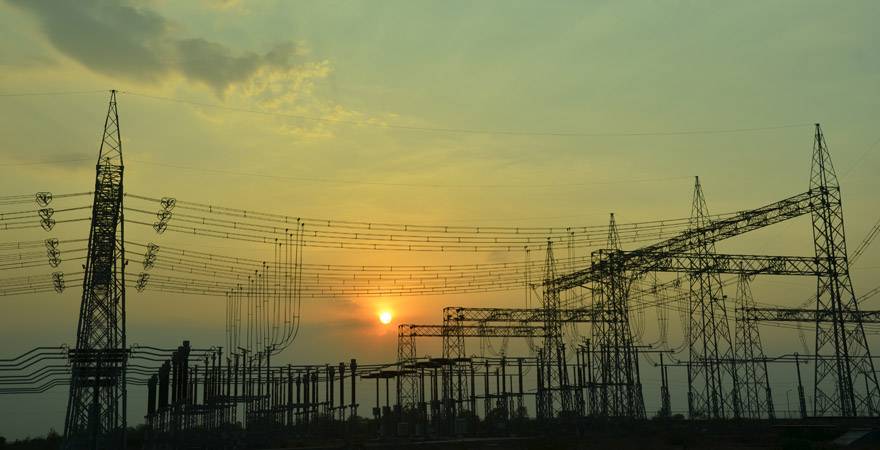How Does Power Transmission and Distribution System Work in Our Country?

Transmission systems in charge of energy transmission and circulation framework are known as power lattices. The electrical power is created at control plants and afterward exchanged or transmitted to electrical substations. This electric transmission includes the mass exchange of the electrical vitality at high voltage. This is very unique in relation to electric conveyance, which is generally the subsequent stage after electric transmission, and it includes the circulation of power from neighborhood substations to the clients. Numerous transmission lines interconnected with each other are alluded to as transmission systems.
Electric transmission requires high-voltage transmission line and these are typically three-stage exchange current. Despite the fact that on account of railroad jolt frameworks, now and then single stage AC is utilized. Transmitting power over vast separations can be a testing and a costly undertaking. So as to accomplish more prominent effectiveness for transmitting power over long separations High-voltage coordinate current (HVDC) innovation is utilized. With this innovation, power can be proficiently transmitted more than several kilometers. This same innovation is likewise utilized for transmission between control matrices that are not synchronized with each other. HDVC is frequently utilized for control transmission and circulation framework with a specific end goal to avoid issues identified with synchronization and falling disappointments.
Power transmission occurs at high voltage (115kV or above) to limit the loss of vitality amid long separation transmission. There are two primary methods for transmitting control over long separations; through overhead electrical cables or through underground electrical cables. The expenses related with underground power transmission and circulation framework are high however it requires less support when contrasted with overhead transmission lines. Underground transmission lines are regularly favored in exceptionally populated urban regions and earth sensitive spots.
Overhead Transmission
In overhead power transmission and conveyance, the overhead conductors, which are generally made of aluminum combinations are utilized for high-voltage control transmission. These overhead conductors are woven into strands and strengthened with steel. These overhead conductors don't require any protection. Aluminum is the favored material for these overhead transmitters as a result of its lightweight, diminished electric misfortune and cost adequacy. Conductor sizes come in shifting sizes, these can be as thin as 12 sq.mm and on the thicker side these can be up to 750 sq.mm. Shockingly the current conveying limit of thicker wires is just somewhat more than the more slender wires as a result of the skin impact because of which the stream of current is restricted to the external surface of the wire as it were. So as to transmit higher load numerous parallel links are packaged together for the reason. These packaged conductors are utilized at high voltages for limiting vitality misfortunes. Overhead transmission wires utilize air for protection and therefore certain base leeway level must be considered for wellbeing purposes.
For control transmission the voltage level is 110kV or more. There are bring down voltage levels additionally, as 33kV and 66kV, which are at times utilized for lighter burdens. Voltages beneath than these levels are utilized for appropriation purposes.
As a contrasting option to overhead electric transmission, the power transmission and dissemination framework can likewise be helped through underground power links. Since the underground links are secured beneath the ground surface these are not influenced by unfriendly climate conditions and are likewise not unmistakable like overhead transmission lines. The cost of laying underground power links is considerably higher than that of overhead electrical cables since it requires ground removal and protecting the ground links. Albeit underground links are not harmed as frequently as overhead lines but rather if a blame happens it more often than not takes any longer to repair it for underground links. Another downside of underground links is that these have less warm limit due to which they can take lesser over-burden than the overhead electrical cables. The capacitance is high for long underground AC links which limits these links to convey control load to long separations and are normally confined to separations of 80 kms or less. In any case, long underground DC links don't experience the ill effects of any of these inadequacies and these can effectively laid more than a great many kilometers.